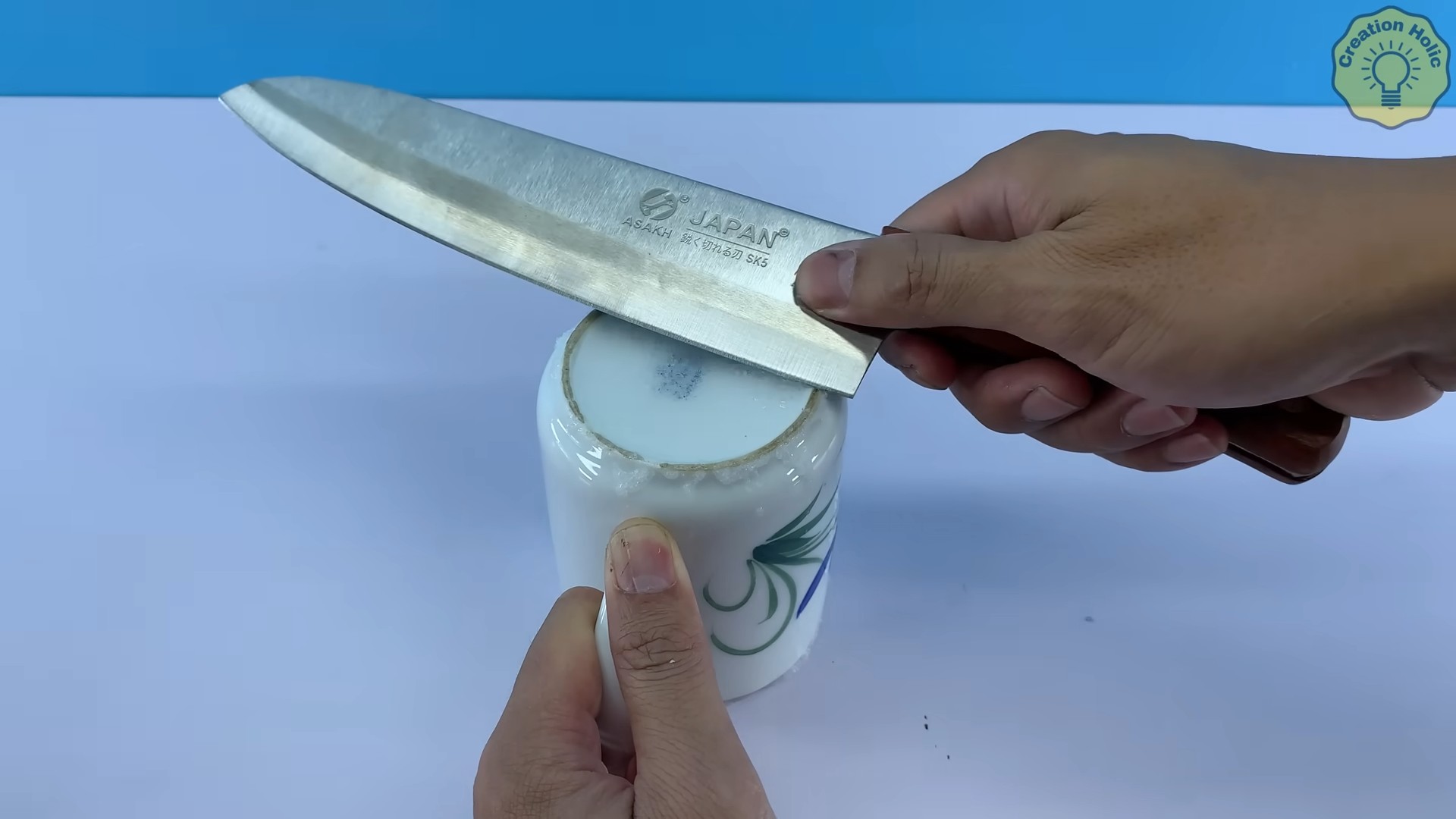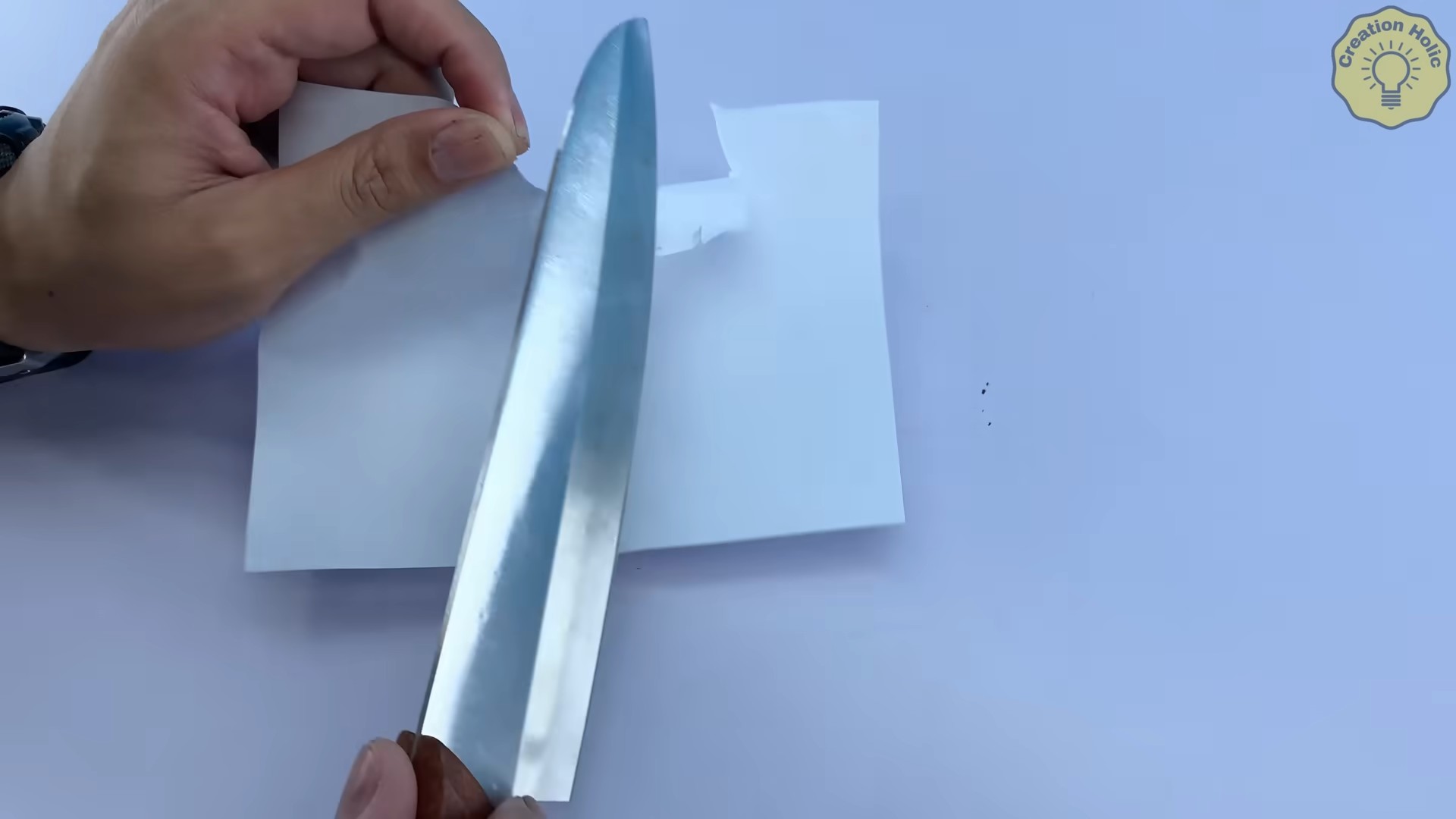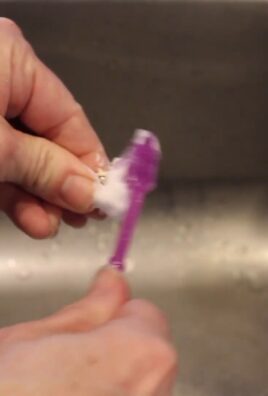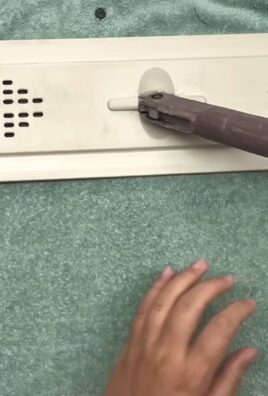DIY project tips can transform your living space and bring a sense of accomplishment that store-bought items simply can’t match. Have you ever looked at a beautifully decorated home and thought, “I wish I could do that!”? Well, guess what? You absolutely can! For centuries, crafting and creating have been integral parts of human culture, from ancient civilizations building their own homes to modern-day makers personalizing their spaces.
But let’s be honest, diving into the world of DIY can feel overwhelming. Where do you even start? That’s where this guide comes in! I’m here to share my favorite DIY project tips and hacks that will not only save you money but also unleash your inner creativity. Whether you’re a seasoned crafter or a complete beginner, these simple yet effective techniques will help you tackle any project with confidence.
In today’s world, where mass-produced items dominate, embracing DIY is a way to reconnect with the joy of creating something unique and personal. Plus, it’s a fantastic way to reduce waste and give new life to old materials. So, grab your tools, put on your favorite music, and let’s get started on some amazing DIY adventures together!

Transform Your Old T-Shirts into Stylish Reusable Shopping Bags!
Hey there, fellow DIY enthusiasts! Are you drowning in old t-shirts that you can’t bear to throw away but never wear? Well, I’ve got the perfect solution for you! Let’s turn those forgotten fabrics into trendy and eco-friendly reusable shopping bags. This project is not only a fantastic way to reduce waste but also a fun and creative way to express your personality. Plus, it’s super easy, even if you’re a beginner sewer (or even if you don’t sew at all – I’ll show you a no-sew option too!).
What You’ll Need:
Before we dive in, let’s gather our supplies. Don’t worry, you probably already have most of these lying around!
* An old t-shirt (the bigger, the better for a larger bag!)
* Sharp scissors or a rotary cutter and mat
* A ruler or measuring tape
* Pins (optional, but helpful for sewing)
* Sewing machine (optional, for the sewn version)
* Thread (matching or contrasting, your choice!)
* Fabric glue (for the no-sew version)
* A marker or fabric chalk
* Iron and ironing board (optional, for a crisper finish)
* Heavy books or weights (for the no-sew version)
Choosing Your T-Shirt:
The type of t-shirt you choose will affect the final look and durability of your bag. Here are a few things to consider:
* Fabric: Cotton t-shirts are the easiest to work with and are generally quite durable. Thicker cotton will make a sturdier bag.
* Size: A larger t-shirt will result in a larger bag. Consider what you’ll primarily use the bag for when choosing your shirt.
* Design: Think about the design on the t-shirt. Do you want it to be the focal point of the bag? Or would you prefer a more subtle look? Plain t-shirts are great for adding your own embellishments later!
* Condition: Make sure the t-shirt is clean and free of any major rips or stains. Small holes can be patched, but larger damage might compromise the bag’s integrity.
Sewn T-Shirt Bag: Step-by-Step Instructions
Okay, let’s get started with the sewn version! This is my preferred method because it creates a really strong and long-lasting bag.
1. Prepare Your T-Shirt: Lay your t-shirt flat on a clean surface. Smooth out any wrinkles. If you want a really crisp finish, give it a quick iron.
2. Cut Off the Sleeves: Using your scissors, carefully cut off both sleeves. Try to follow the natural curve of the armhole. Don’t worry about being perfect; a little imperfection adds character!
3. Widen the Neckline (Optional): If you want a wider opening for your bag, you can cut off the neckline. I usually cut a U-shape, but you can experiment with different shapes. Just be careful not to cut too low!
4. Turn the T-Shirt Inside Out: This is important! We’ll be sewing the bottom seam from the inside.
5. Pin the Bottom Seam: Fold the bottom edge of the t-shirt up about 1/2 inch and pin it in place. This will create a nice, clean hem.
6. Sew the Bottom Seam: Using your sewing machine, sew a straight stitch along the pinned hem. Remove the pins as you go. Backstitch at the beginning and end of the seam to secure the thread.
7. Reinforce the Bottom Corners: This is a crucial step for making your bag extra strong! To reinforce the corners, flatten each corner into a triangle. Measure about 2-3 inches from the point of the triangle and draw a line across it with your marker or fabric chalk. Sew along this line, backstitching at both ends. This creates a boxed corner that will prevent the bottom of the bag from ripping when you carry heavy items.
8. Turn the Bag Right Side Out: Now, carefully turn your bag right side out.
9. Hem the Armholes (Optional): If you want a more finished look, you can hem the armholes. Fold the raw edges of the armholes inward about 1/4 inch and pin them in place. Sew a straight stitch along the pinned hem, removing the pins as you go.
10. Add Embellishments (Optional): This is where you can really get creative! Add fabric paint, patches, buttons, or anything else you like to personalize your bag.
No-Sew T-Shirt Bag: A Quick and Easy Alternative
Don’t have a sewing machine? No problem! This no-sew version is just as fun and functional. It relies on fabric glue to hold everything together.
1. Prepare Your T-Shirt: Just like with the sewn version, start by laying your t-shirt flat on a clean surface and smoothing out any wrinkles.
2. Cut Off the Sleeves: Carefully cut off both sleeves, following the natural curve of the armhole.
3. Widen the Neckline (Optional): If desired, cut off the neckline to create a wider opening.
4. Create the Bottom Hem: Fold the bottom edge of the t-shirt up about 1 inch. Apply a generous amount of fabric glue along the folded edge.
5. Secure the Hem: Fold the glued edge over and press firmly. Place heavy books or weights on top of the hem to hold it in place while the glue dries completely (usually 24 hours).
6. Reinforce the Bottom Corners: Flatten each bottom corner into a triangle. Measure about 2-3 inches from the point of the triangle and draw a line across it with your marker or fabric chalk. Apply a generous amount of fabric glue along this line.
7. Secure the Corners: Fold the triangle along the glued line and press firmly. Again, place heavy books or weights on top of the corners to hold them in place while the glue dries completely.
8. Hem the Armholes (Optional): If you want a more finished look, fold the raw edges of the armholes inward about 1/2 inch. Apply fabric glue along the folded edge and press firmly. Use weights to hold them in place while the glue dries.
9. Add Embellishments (Optional): Let your creativity shine! Add fabric paint, patches, buttons, or anything else you like to personalize your bag. Just make sure to use fabric glue that’s compatible with the materials you’re using.
Important Tips for Success:
* Use Sharp Scissors: Dull scissors will make it difficult to cut cleanly and can even damage the fabric.
* Take Your Time: Don’t rush the process. Take your time to measure accurately and sew or glue carefully.
* Test Your Glue: Before applying fabric glue to the entire project, test it on a small scrap of fabric to make sure it adheres properly and doesn’t bleed through.
* Reinforce Stress Points: Pay extra attention to reinforcing the bottom corners and the handles (the armholes). These are the areas that will experience the most stress when you carry heavy items.
* Wash Carefully: Hand wash your bag in cold water and hang it to dry to prevent shrinking or damage. For the no-sew version, be extra gentle when washing.
Creative Variations:
* Tie-Dye: Tie-dye a plain white t-shirt before turning it into a bag for a groovy look.
* Stencils: Use stencils and fabric paint to add custom designs to your bag.
* Appliqués: Sew or glue fabric scraps onto your bag to create unique appliqués.
* Embroidery: Add embroidered details for a touch of elegance.
* Handles: If you want longer handles, you can cut strips of fabric from another t-shirt and sew or glue them onto the armholes.
* Pockets: Add pockets to the inside or outside of the bag for extra storage.
Troubleshooting:
* Seam Ripping: If your seam starts to rip, simply re-sew it, making sure to backstitch at both ends.
* Glue Not Holding: If the fabric glue isn’t holding, try using a stronger adhesive or adding more glue. Make sure the surfaces are clean and dry before applying the glue.
* Bag Stretching: If your bag starts to stretch out of shape, try reinforcing the seams or adding a lining.
Why This Project Matters:
Beyond the fun and creativity, this project is a small step towards a more sustainable lifestyle. By repurposing old t-shirts, we’re reducing textile waste and minimizing our reliance on single-use plastic bags. Plus, you’ll have a unique and stylish bag that you can be proud to carry! So, grab those old

Conclusion
So, there you have it! This DIY project tip isn’t just a clever shortcut; it’s a game-changer for anyone looking to elevate their crafting, home improvement, or even culinary endeavors. We’ve walked you through the process, highlighting its simplicity and the incredible impact it can have on your final results. Think about the time you’ll save, the frustration you’ll avoid, and the professional-looking finish you’ll achieve. It’s a win-win-win!
But the beauty of DIY lies in its adaptability. Feel free to experiment with variations to suit your specific needs and preferences. For example, if you’re working with delicate materials, consider using a lower-strength adhesive or a gentler application method. If you’re aiming for a more rustic look, perhaps incorporate natural elements or leave some imperfections visible. The possibilities are truly endless!
Don’t be afraid to get creative and personalize this DIY project tip to make it your own. Remember, the best DIY projects are those that reflect your unique style and personality. And most importantly, don’t let the fear of failure hold you back. Every mistake is a learning opportunity, and every successful project is a testament to your ingenuity and resourcefulness.
We wholeheartedly encourage you to give this DIY project tip a try. We’re confident that you’ll be amazed by the results. And once you’ve experienced the magic for yourself, we’d love to hear about it! Share your photos, stories, and tips in the comments section below. Let’s build a community of DIY enthusiasts who are passionate about sharing their knowledge and inspiring others.
This DIY project tip is more than just a technique; it’s a gateway to a world of creative possibilities. So, grab your tools, gather your materials, and get ready to unleash your inner DIYer. We can’t wait to see what you create! Remember to always prioritize safety and follow manufacturer instructions when working with tools and materials. Happy DIYing!
Frequently Asked Questions (FAQs)
What exactly is this DIY project tip designed to improve?
This DIY project tip is designed to improve the efficiency and quality of various projects, ranging from crafting and home decor to even some culinary applications. It focuses on simplifying a specific step that often leads to frustration or inconsistent results. By mastering this tip, you can achieve a more professional-looking finish, save valuable time, and reduce the likelihood of errors. It’s all about working smarter, not harder!
Is this DIY project tip suitable for beginners?
Absolutely! One of the best things about this tip is its accessibility. It doesn’t require any specialized skills or expensive equipment. The instructions are straightforward and easy to follow, even for those who are new to DIY projects. We’ve broken down the process into simple steps, so you can confidently tackle it regardless of your experience level. However, as with any DIY project, it’s always a good idea to start with a small test project to get a feel for the technique before applying it to a larger or more complex project.
What materials do I need for this DIY project tip?
The specific materials required will depend on the project you’re working on, but the core of this DIY project tip usually involves a common household item or readily available supply. The beauty of this tip is that it often repurposes something you already have on hand, making it both cost-effective and environmentally friendly. Be sure to check the instructions carefully for a complete list of materials needed for your specific application.
Can this DIY project tip be used on different types of materials?
Yes, this DIY project tip is versatile and can be adapted for use on a wide range of materials, including wood, fabric, paper, plastic, and even some metals. However, it’s important to consider the properties of the material you’re working with and adjust the technique accordingly. For example, delicate materials may require a gentler approach, while porous materials may need to be pre-treated to ensure optimal results. Always test the technique on a small, inconspicuous area first to ensure compatibility and avoid any unwanted damage.
What are some common mistakes to avoid when using this DIY project tip?
One common mistake is rushing the process. Take your time and follow the instructions carefully to ensure a smooth and even application. Another mistake is using the wrong type of adhesive or material. Make sure to choose products that are compatible with the materials you’re working with and that are appropriate for the intended use. Finally, don’t be afraid to experiment and adjust the technique to suit your specific needs. DIY is all about learning and adapting, so embrace the process and don’t be discouraged by minor setbacks.
How can I customize this DIY project tip to fit my specific needs?
Customization is key to making this DIY project tip truly your own. Consider the specific challenges you’re facing in your project and think about how you can adapt the technique to address those challenges. For example, if you’re working with a particularly intricate design, you might need to use a smaller applicator or a more precise application method. If you’re aiming for a specific aesthetic, you can experiment with different colors, textures, or finishes. The possibilities are endless!
What if I’m not happy with the results?
Don’t worry, it happens to the best of us! If you’re not happy with the results, don’t be afraid to start over. The beauty of DIY is that you have the freedom to experiment and make changes until you achieve the desired outcome. You can also try troubleshooting the problem by identifying the source of the issue and making adjustments accordingly. For example, if the adhesive is not sticking properly, you might need to clean the surface more thoroughly or use a stronger adhesive. And remember, there are plenty of online resources and communities where you can seek advice and support from other DIY enthusiasts.
How can I share my experience with this DIY project tip?
We’d love to hear about your experience with this DIY project tip! You can share your photos, stories, and tips in the comments section below. You can also post your projects on social media using relevant hashtags, such as #DIYprojecttip, #DIYcrafts, or #HomeImprovement. By sharing your experience, you can inspire others to try this DIY project tip and contribute to a community of creative and resourceful individuals.



Leave a Comment